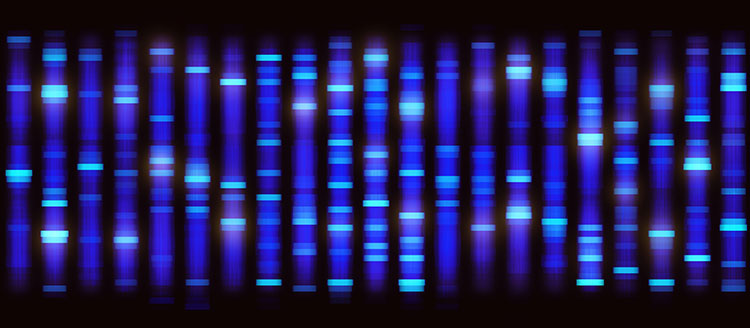Genomics drives new trait development
Written by Ezequiel Nicolazzi
April 05, 2021

These triannual evaluations – on April 6, August 10, and December 7 this year – incorporate genomic data along with updated performance, or phenotypic, data to assess the genetic merit of dairy animals.
By Ezequiel Nicolazzi for Hoard’s Intel